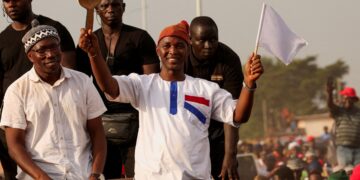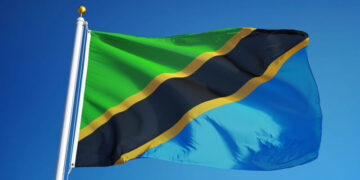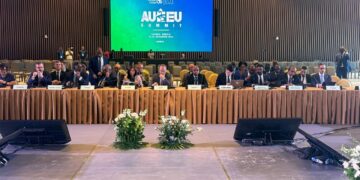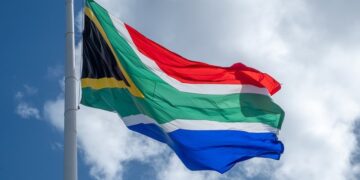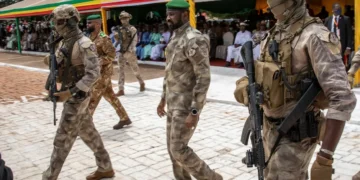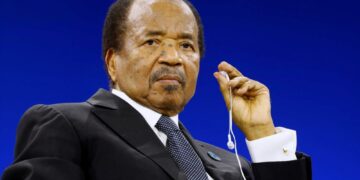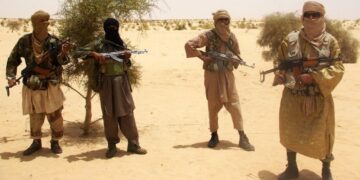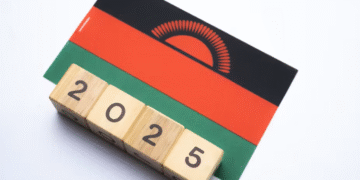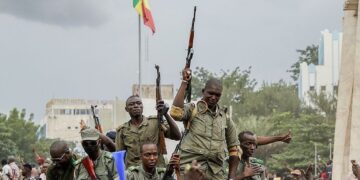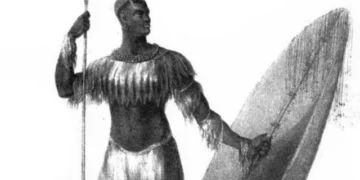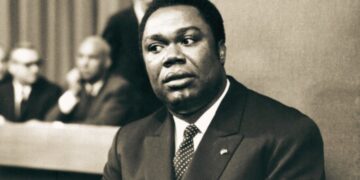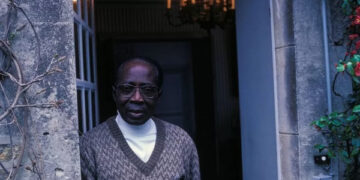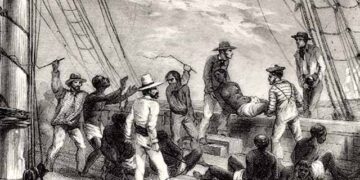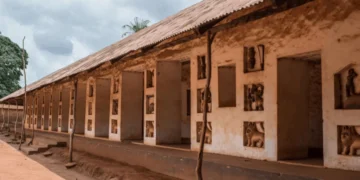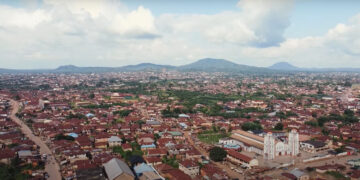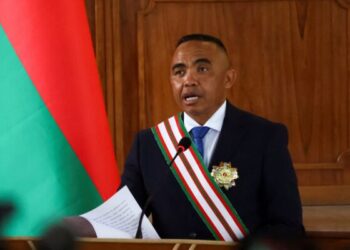The Tigre people are an ethnic group indigenous to Eritrea. Eritrea is one of the three non-member states of the Arab League which adopted Arabic as a working language. Eritrea chooses not to be a part of the Arab League. The Ottoman Empire made Eritrea one of its colonies and colonised it for 300 years. Eritrean Constitution during the federation was drafted. Tigre people inhabitates mainly western Eritrea, though they also reside in the northern highlands of Eritrea and its extension into the adjacent parts of Sudan, as well as Eritrea’s Red Sea coast north of Zula.
In 1941, Britain conquered Eritrea, placing the colony under British Military administration. During World War II, many Tigre served in the Italian Colonial army, part of the period of Italian Eritrea. Before then, the Italians were soundly defeated in the battle of Adwa in 1896. The first of its kind in black Africa for a modern colonial power to be defeated by a poorly armed, but determined, and ill-trained peasant army. Today not only Tigreans, but Ethiopians feel tremendous pride from this. It is one of their brightest spots in history. It has been preserved since then as a symbol of black power over colonial Europe. Present day Ethiopian leaders also started the armed instruction from western Tigray in 1974. That movement eventually ousted the brutal Megstu regime in 1991 and gave Ethiopia its first taste of democracy in centuries.
Most are herders and seasonal farmers, cultivating maize, sorghum, millet and other cereals during the rainy season before moving to grazing areas with their herds. Camels and donkeys are mainly used as means of transportation. The Tigre ethnic group have a rich oral literature of fairy tales, fables, riddles, poetry and stories of different events. Also, they are known for their singing and dancing, typically accompanied by drums and a stringed instrument similar to a guitar, called the mesenko, a stringed instrument, plucked like a guitar.
The nomadic agro-pastoralist group, the Tigre are related to the Biher-Tigrinya people of Ethiopia and the Beja people of Sudan. The Tigre speak Tigré, a language related to ancient Geʿez and to modern Tigrinya, the language of the Tigray people. Tigre language, which belongs to the Semitic branch of the Afroasiatic family. There is no known historically written form of the language. The Eritrean government uses the Ge’ez writing system (an abugida) to publish documents in the Tigre language. As such approximately 75% of the Western Lowlands Eritrean population speaks Tigre.
Although there is not a lot of information on the origins of the Eritrean tribes or the Tigre people, it is believed that they are descended from the Habesha people and Beja and Arab migrants. They also have a common heritage with the Christian Tigrinya-speaking people, who founded the kingdom of Aksum in Ethiopia, indicating early cultural exchanges with Ethiopia. It is believed that they settled in modern-day Eritrea before the first century.
It is here the old Axumaite kingdom was once very powerful and had tremendous influence around present day Red sea countries. It left rich architectural and archaeological heritage of rock-hewn churches and monuments. It was a highly literate society, soon developing an alphabet, and it is from the language Geez that modern Tigrinya (alt. spelling Tigrigna), the language of Tigray and Eritrea has evolved. Christianity was introduced in the fourth century to this area. Its monasteries became centers for learning, translating Greek and Hebrew books, including the Bible in the fifth century.
Similarly, since around 1889, the Ge’ez script (Ethiopic script) has been used to write the Tigre language. Tigre speakers formerly used Arabic more widely as a lingua franca. Due to most Tigre speakers being Muslim, the language is also written in the Arabic alphabet. However, the Tigre people, language and their area of inhabitation should not be confused with that of the Tigrayans, who live in northern Ethiopia and the Biher-Tigrinya who live in the central Eritrean highlands, both of which speak varying dialects of Tigrinya, a closely related Semitic language. Also, there are several dialects of Tigre, some of them are; Mansa’ (Mensa), Habab, Barka, Semhar, Algeden, Senhit (Ad-Tekleis, Ad-Temariam, Bet-Juk, Marya Kayah, Maria Tselam) and Dahalik, which is spoken in Dahlak archipelago. Intelligibility between the dialects is above 91% (except Dahalik), where intelligibility between Dahalik and the other dialects is between 24% and 51%.
Culturally, some Tigreans greet each other with a bow of the head and by saying salaam which means peace. Tigreans appreciate this greeting in informal situations. When speaking with elders or in a more formal setting, one would also offer his or her hand. Some people may greet by kissing each other on the cheek. It is common for women to kiss women and for men to kiss men in this way. When speaking with an elder, a conversation is more formal than with a friend. It is considered respectful to ask about the elder’s health and family, and a more formal tense is used in conversation.
Approximately 95% of Tigre practice Islam, the remainder practice Christianity, and both incorporate elements of the animist folk religion. Religious divisions have not been of particular concern within the Tigre. By the end of the sixth century Islam was introduced to the area. The Axumite heritage is still important in Tigray today. The oblicks from this era are still standing in Axum today. They symbolize national consciousness for all Tigreans. Today Axum a small town in central Tigray is a tourist magnet attracting tourists from all over the world. The Tigreans also had an important role in defending and defining today’s Ethiopia and Eritrea from colonial powers. Yohannes the fourth, a Tigrean king, defended the area from Egyptian, Italian and Sudanese invaders.
While the largest federation of Tigre is that of the Amer (Beni Amer), a branch of the historically important Beja peoples. These Muslims all recognize the religious supremacy of the Mirghanīyah family of eastern Sudan. Another group, the Bet-Asgade (Bet Asgede), converted from Ethiopic Christianity to Islam. The life of the nomadic herdsman, so characteristic of neighbouring Sudan, is followed by most Tigre. The group accounted for nearly one-third of the population of Eritrea in the late 20th century. The Mensaé Moslems also celebrate the day a child finishes his Kuran teachings and, on this days, gifts are endowed to both the child and his/her teacher as appreciation by the family of the child.


